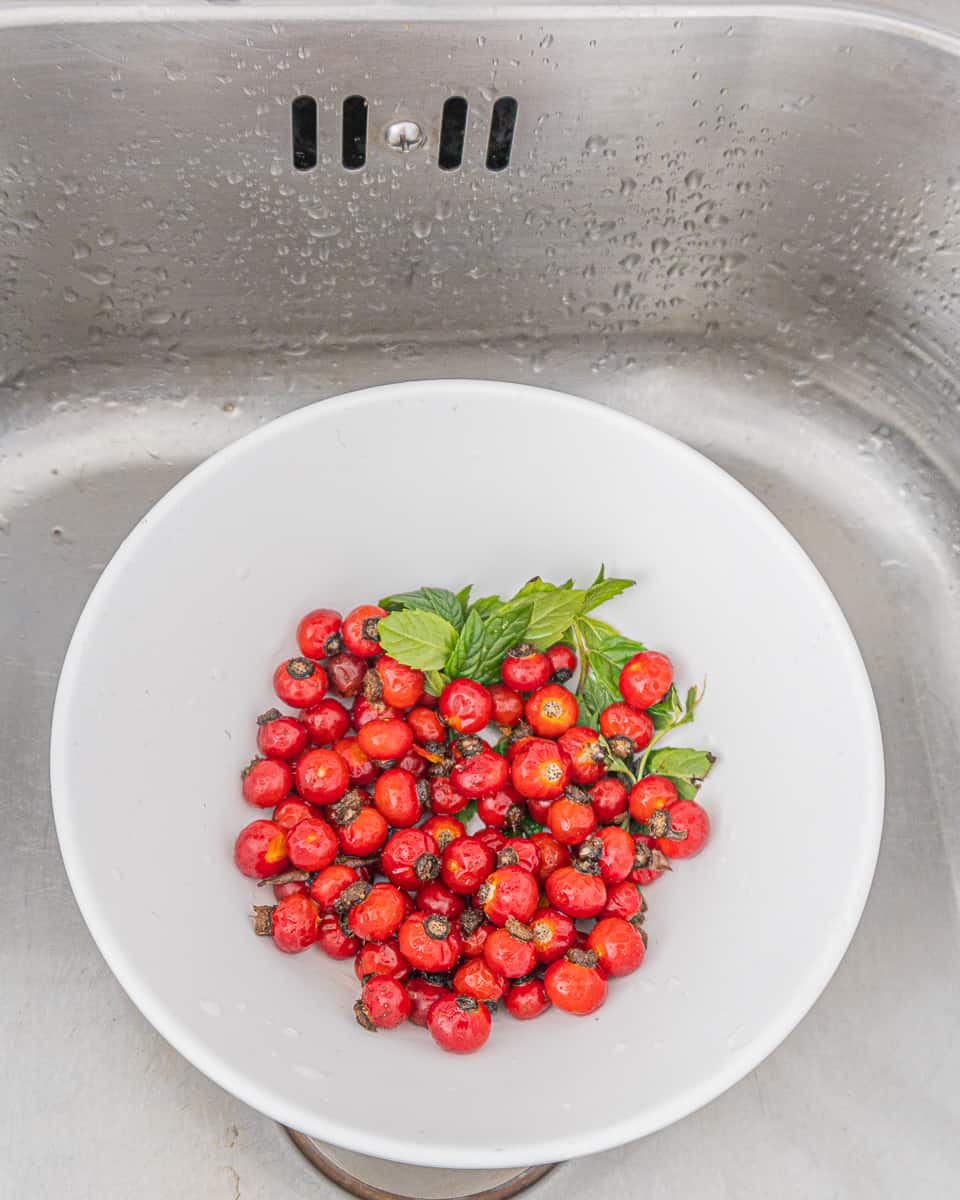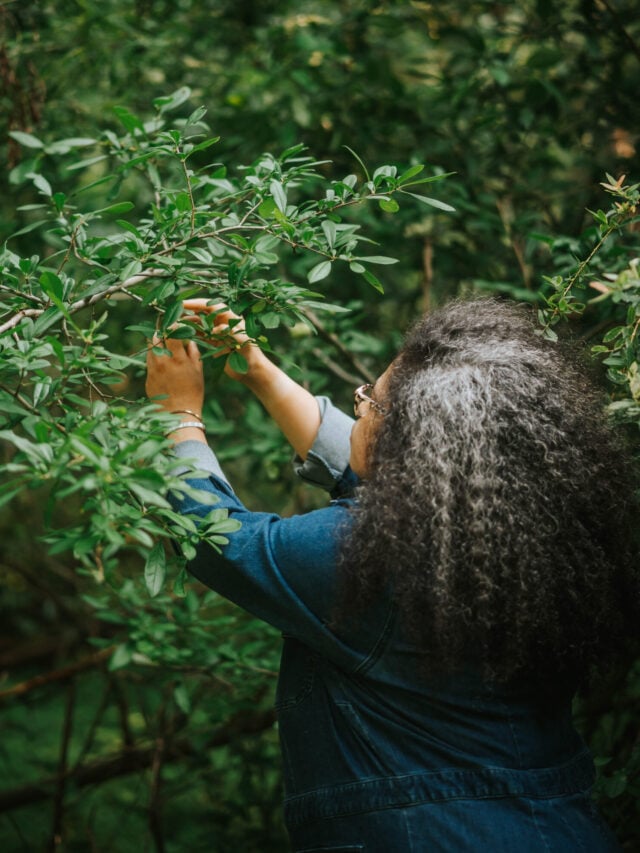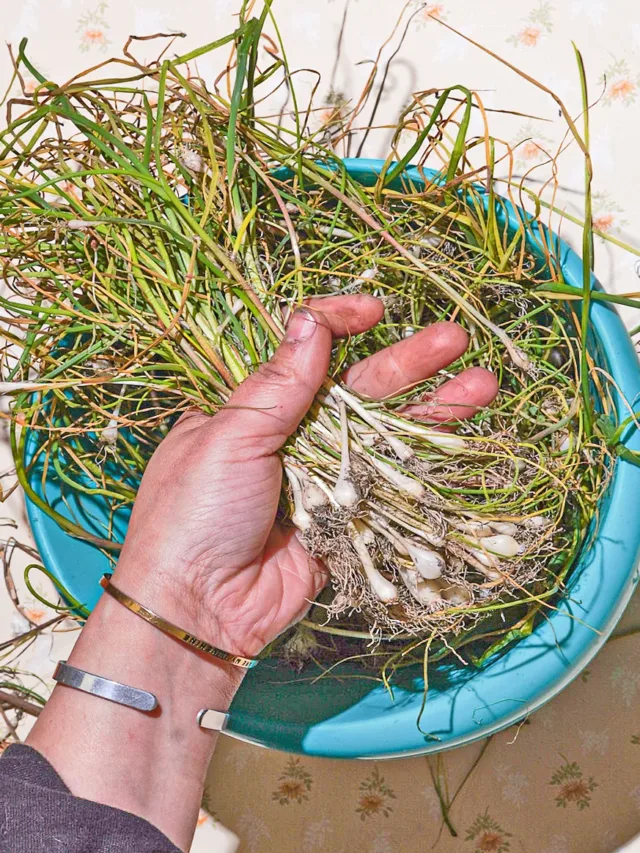The late autumn chill is the sign we are close to collecting rose hips. Celebrated as the fruit of the rose plant, these small bulbous treats appear in the cooler autumn months, standing out with their distinct bright red to orange hues. They offer a refreshing tartness and are laden with a robust nutritional profile, rendering these fruits a forager's delight!

Description and Identification
Rose hips are the rose plant's reward once the blossoms have fallen. They typically mature from late summer through autumn. Rose hips come in various sizes and shapes, ranging from round to elliptical. A defining characteristic of the rose hip is its color—often a vibrant red or orange, they can easily be spotted amidst the dull colors of autumn foliage. The seeds are housed within a thin but firm skin, surrounded by a layer of fleshy fruit.
Foraging Tips
- Where to find: Look for rose hips in known habitats for wild roses, including forest edges, meadows, hedgerows, and some coastal areas.
- When to pick: The best time to pick rose hips is after the first frost of autumn. The frost helps to soften the hips and sweetens the flavor.
- Harvesting: When harvesting, use scissors to cut the rose hip stem. This preserves the plant and helps prevent disease transmission.
- Safety: Forage in areas not treated with pesticides, and always wash your finds thoroughly before consuming them.
Culinary Uses
If you're wondering what to do with your harvest, fear not. The charm of the rose hip lies in its versatility – its tangy flavor and high pectin content make it an excellent ingredient for a variety of preparations:
- Jams and Jellies: Rosehip is a popular base for fragrant jams and jellies. Paired with sugar, the tangy flavor mellows, producing a balanced, sweet-tart preserve.
- Tea: Dried rose hips can be boiled to make a hearty, vitamin C-rich tea.
- Syrup: Rosehip syrup has a gorgeous color and unique flavor. It can be drizzled over pancakes or used as a cocktail ingredient.
- Soups and Stews: In countries like Sweden, rose hip soup, or "Nyponsoppa," is a popular dish. The hips can also be used to add flavor to stews.
Health Benefits
Rose hips are not just a treat to the tastebuds but also a boon to the body:
- Vitamin C: Rose hips are a great source of lycopene and vitamin C, known for its immune-boosting properties.
- Antioxidants: They also contain various bioactive compounds, including antioxidants, thought to have anti-inflammatory and cardiovascular benefits.
Rose hips are nature's gift, a true wild delicacy ripe for the picking. Not only do they offer a tangy note to various culinary creations, but they also provide a powerful nutritional boost. Enjoy the journey of foraging and its delights, and feel the connection with nature that stems from it. Remember to forage responsibly, leaving enough rose hips for wildlife and the plants' reproduction. Happy foraging!






Comments
No Comments